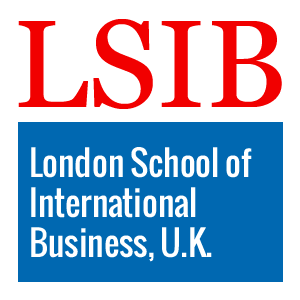Certificate Programme in Sustainable Building Lifecycle Assessment
Published on June 24, 2025
About this Podcast
HOST: Welcome to our podcast, today I'm excited to have an expert in sustainable building practices. Can you tell us a bit about yourself and your experience with this topic? GUEST: Absolutely, I'm a sustainability consultant with over 15 years of experience in the construction industry. I've worked on numerous projects to reduce their carbon footprint and promote green building practices. HOST: That's impressive! Now let's dive into the course you're teaching, 'Certificate Programme in Sustainable Building Lifecycle Assessment'. What can students expect to learn from this program? GUEST: This course equips professionals with the knowledge and skills to assess the environmental impact of buildings throughout their entire lifecycle. Students will learn about Environmental Product Declarations (EPDs) and Life Cycle Impact Assessment (LCIA) methodologies, as well as gain practical experience using leading assessment software and tools. HOST: I see, and who would benefit most from taking this course? GUEST: This program is ideal for architects, engineers, contractors, and sustainability consultants seeking to reduce building carbon footprint. It's a great opportunity for anyone looking to develop expertise in sustainable material selection and waste management strategies. HOST: In your experience, what are some of the current industry trends related to sustainable building lifecycle assessment? GUEST: There's a growing focus on circular economy principles, which aim to minimize waste and the use of new resources. Additionally, there's an increased demand for transparency in supply chains and the use of low-carbon materials. HOST: That sounds like an exciting shift in the industry. But of course, with any new development, there must be challenges. What are some of the challenges you've faced or seen in promoting sustainable building practices? GUEST: One of the biggest challenges is convincing stakeholders of the long-term benefits of sustainable building practices, as they can require upfront investments. However, the cost savings and positive environmental impact over the lifecycle of the building often outweigh these initial costs. HOST: That's a great point. Lastly, where do you see the future of sustainable building practices heading? GUEST: I believe we'll continue to see a shift towards circular economy principles and the use of low-carbon materials. Additionally, there will be an increased focus on measuring and reducing embodied carbon in buildings, which is the carbon emissions associated with material production, transportation, and construction. HOST: Thank you so much for sharing your insights and experiences with us today. It's clear that this course will provide valuable knowledge and skills for anyone looking to become a leader in sustainable building practices. GUEST: Thank you for having me, I'm excited to see the positive impact this course will have on the industry.
